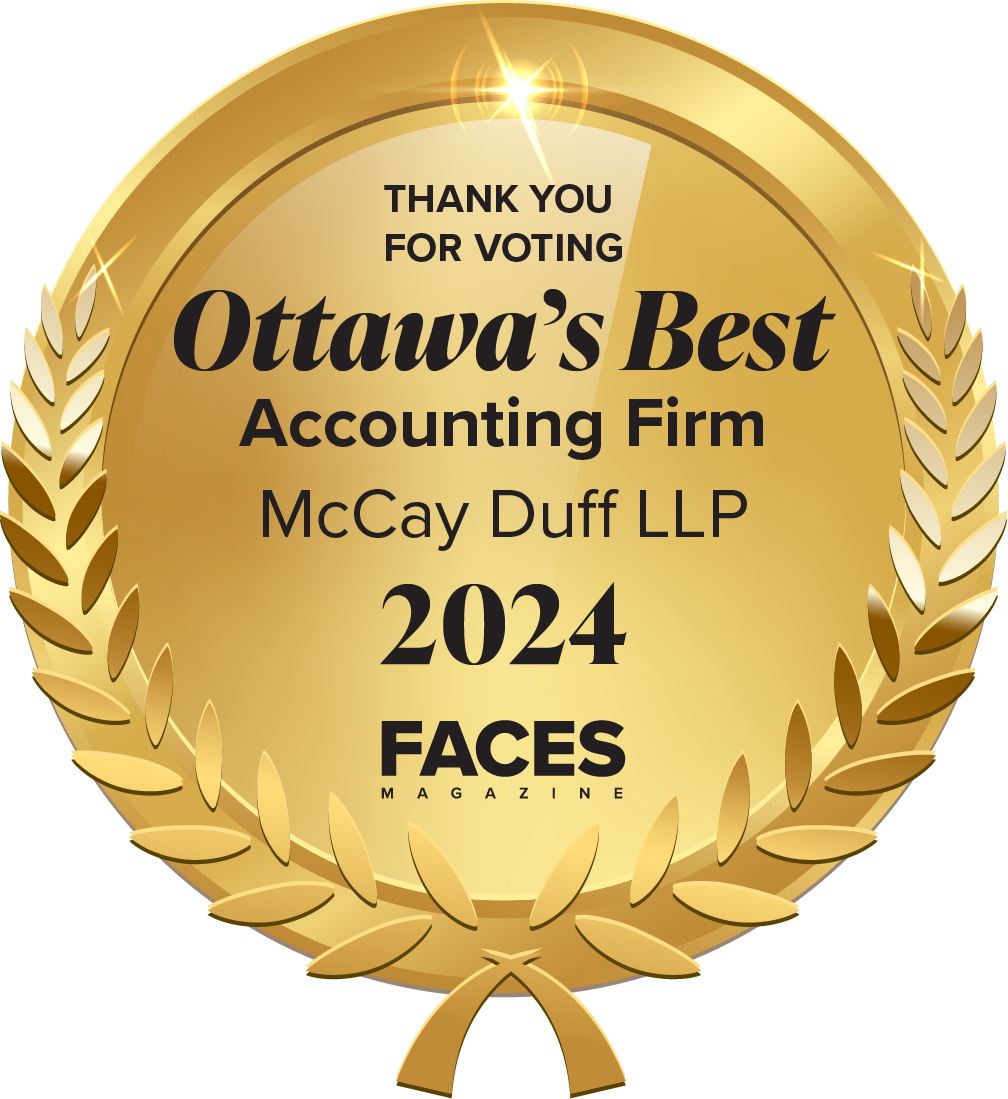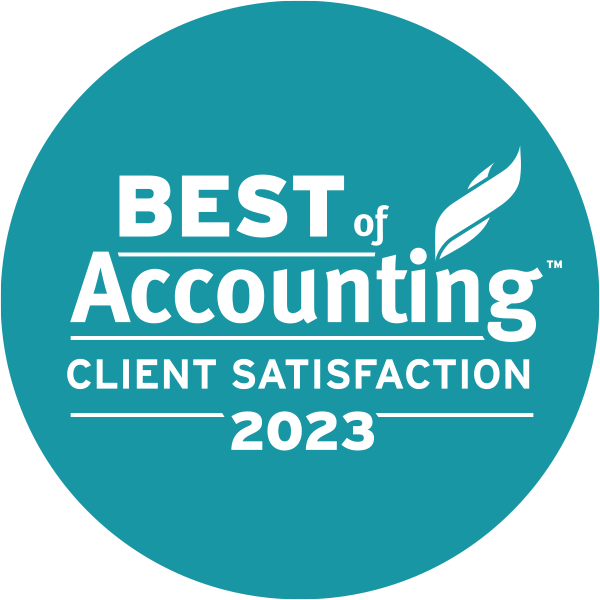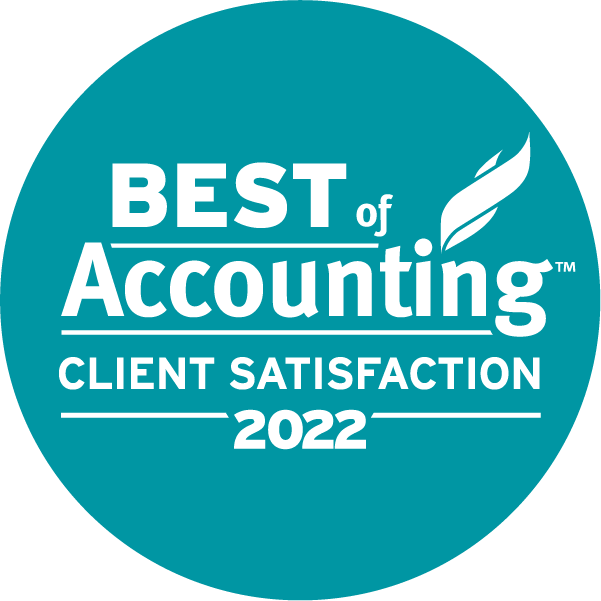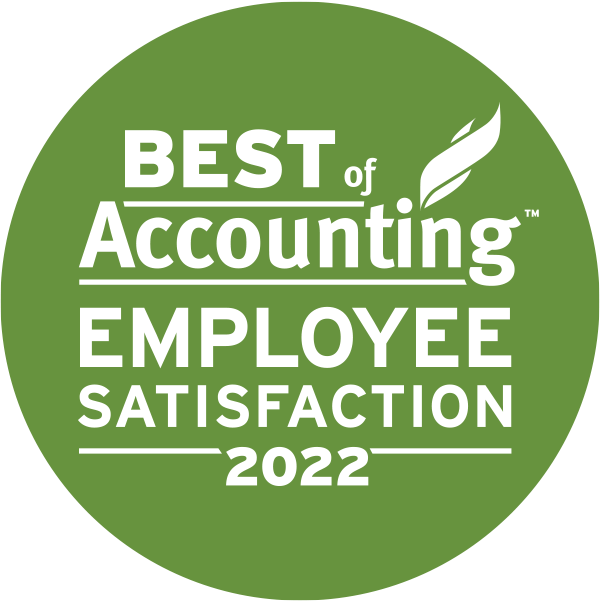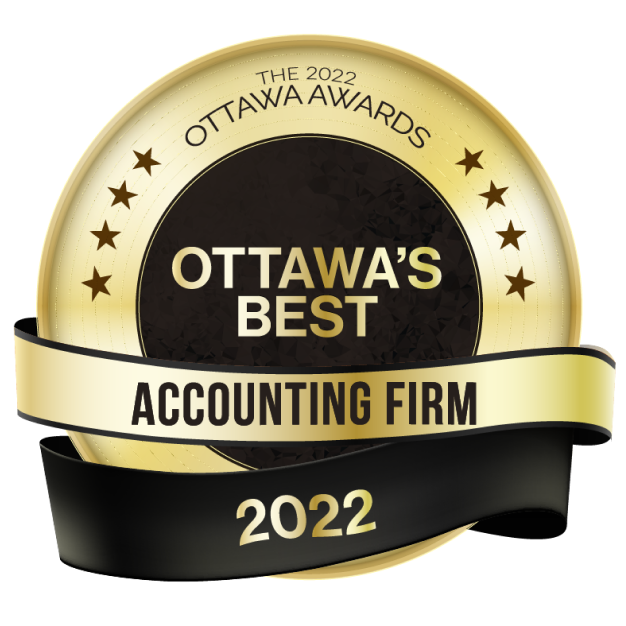Building your own business can take considerable time and money, and after investing plenty of both, the time will come when you, as a business owner, will want or need to utilize the fruits of your investment. As a business owner, you will probably want to withdraw some of the profits from your corporation for your own use. Generally, there are two ways to do this. You could withdraw a salary from your corporation as an employee, or your company could pay you dividends on your shares. However, each option comes with its own set of pros and cons.
Drawing Salary from Your Business
A common means for business owners to withdraw profits from their corporation is to set themself up as an employee of their own company and draw a salary. This method will allow you to pay yourself weekly, bi-weekly, monthly, or at any frequency you wish. However, as with most business-related decisions, there are considerations both positive and negative you should keep in mind.
Drawing a Salary, the Pros
- RRSP room – Salary income will generate RRSP room at a rate of 18%, up to a maximum of $29,210 for 2022. So, if you pay yourself $100,000, you will add $18,000 to your RRSP room for next year. If you pay yourself $162,278 or more in 2022, you will add $29,210 to your RRSP room for 2023.
- Earned income for childcare deduction – If you are paying childcare fees, you need salary or business income on your personal return to claim them as a deduction.
- Positive impact on loan applications – When applying for a personal loan or mortgage, banks often view salary income as more stable than dividend income, even for business owners.
- Easier budgeting – When you pay yourself a salary, your company will withhold CPP and income tax and remit it to the CRA just like a third-party employer would do. If the calculations are done correctly, these withholdings should cover your tax liability for the year. You won’t have to worry about a big tax bill when you file. The exception to this will be if you have other sources of income aside from your company salary. Most other sources of income do not have sufficient tax withheld, so you would want to set money aside to cover your taxes on that income. Your McCay Duff LLP advisor can run a tax estimate for you if this is a concern.
- Income splitting opportunities – If your family members are working for your business, you can pay them a salary provided it is reasonable for the work that they are doing. This can result in tax savings if they are in a lower tax bracket than you are.
- Optional participation in Employment Insurance (EI) – This is a positive thing because it’s optional. If you own more than 40% of the voting shares of your corporation, your salary is usually exempt from EI premiums. However, if you wish to have access to special benefits (maternity/parental leave, sickness, etc.), you have the option of paying EI premiums on your salary. Most business owners are not keen on paying into EI, but it could make sense if you plan on having a child in a year or two. Your McCay Duff LLP advisor can run the numbers and see if it makes sense in your personal situation.
Drawing a Salary, the Cons
- More administration – While salary withholdings make budgeting easier, this process adds to the administration of your company. You will need to withhold money from every pay and send it into the CRA either quarterly, monthly, or possibly more frequently depending on the total amount withheld. You’ll also need to file T4 slips once per year.
- Zero deferral of tax – As soon as you pay yourself a salary, withholdings need to be sent to the CRA within the quarter (or sooner).
Business owners should also consider the Canada Pension Plan (CPP). When drawing a salary, participation isn’t optional. Salary is subject to CPP contributions from both the employer and the employee. That means both you and your company need to pay CPP premiums on your salary. Some people see this as a positive thing as they are looking forward to receiving CPP benefits in retirement. Others see CPP as a negative as the premiums are an immediate expense.
Payment of Dividends on Shares
Another way a business owner can withdraw funds from their corporation’s profits is by having the company pay dividends on their shares. Just like a public corporation pays dividends to its shareholder, your company can pay a dividend to you on your shares. However, just like withdrawing a salary from your corporation comes with positives and negatives, payment of dividends comes with its own unique set of pros and cons that should be weighed carefully before deciding on a form of compensation.
Payment of Dividends, the Pros
- No withholdings required – You do not have to send anything to the CRA immediately after paying yourself a dividend – just write yourself a cheque. This is less administration than paying yourself a salary.
- Pay personal tax later instead of now, at least at first – With salary income, withholdings are sent to the CRA within 2-3 months. With dividends, if you aren’t yet required to pay instalments to the CRA, you can keep the money in a savings account and generate a (tiny!) bit of interest until the taxes are due. For the first year or two, this could amount to 15 months of interest collected.
Payment of Dividends, the Cons
- No RRSP room – Dividends are not considered earned income for RRSP purposes, so no RRSP room is generated.
- No childcare deduction – Dividends do not count as earned income for claiming childcare costs, so you might lose this deduction if you have only dividend income.
- Instalment payments – Eventually instalment requirements will kick in and you’ll need to send money to the CRA on a quarterly basis, eliminating some of the benefit of being able to pay later described above.
- More difficult budgeting – Instalment payments are estimates and not as precise as payroll withholdings. It is likely that you will have a balance owing or refund when you file your taxes, especially if your income varies from year to year. The CRA is not a happy creditor, so it’s important to set money aside to cover payments when they are due.
- Some administration – you need to have your lawyer update your corporation’s minute book for the dividends paid. You’ll also need to file T5 slips every year.
- Very few income splitting opportunities – there are stringent criteria that must be met for family members to receive dividends from your corporation. It is much easier to pay them a salary for the work they are doing.
When it comes to Canada Pension Plan (CPP) participation, dividend income is not subject to CPP contributions. This can be a good thing as you’re saving the immediate expense. However, if you never pay into CPP, you won’t be able to collect it in retirement.
Contact McCay Duff LLP in Ottawa for Expert Business Advisory and Consulting for Your Business
When it comes to choosing a form of compensation, there really is no one-size-fits-all approach here. If you have childcare expenses and place a high value on RRSPs, you might prefer to receive a salary. If you’d rather avoid CPP contributions, dividends could be the way to go.
At McCay Duff LLP, our team of business and financial experts can help you determine which type of compensation would best suit your personal circumstances. The highly skilled Chartered Professional Accountants at McCay Duff LLP provide a full range of Business Advisory and Consulting services to small and large businesses, alike. To learn more about how we can help you and your business, contact us online or by telephone at 613-236-2367 or toll-free at 1-800-267-6551.

